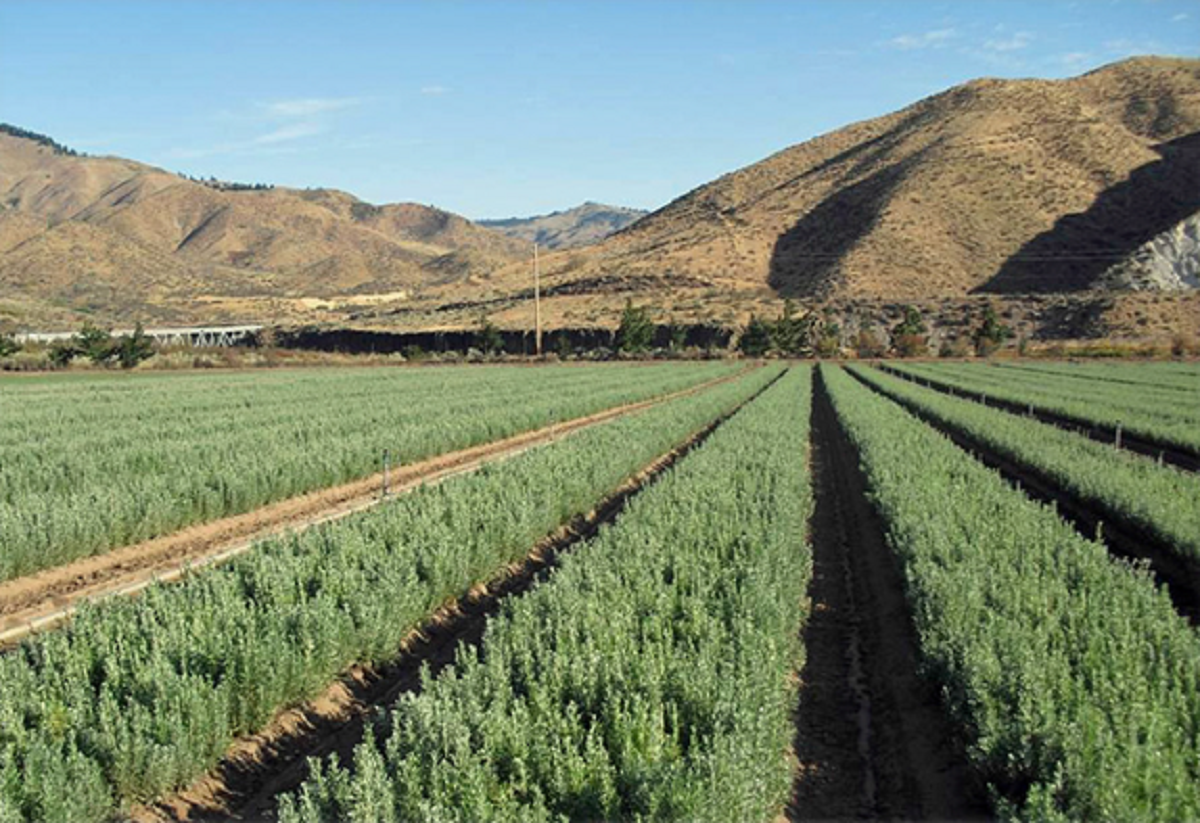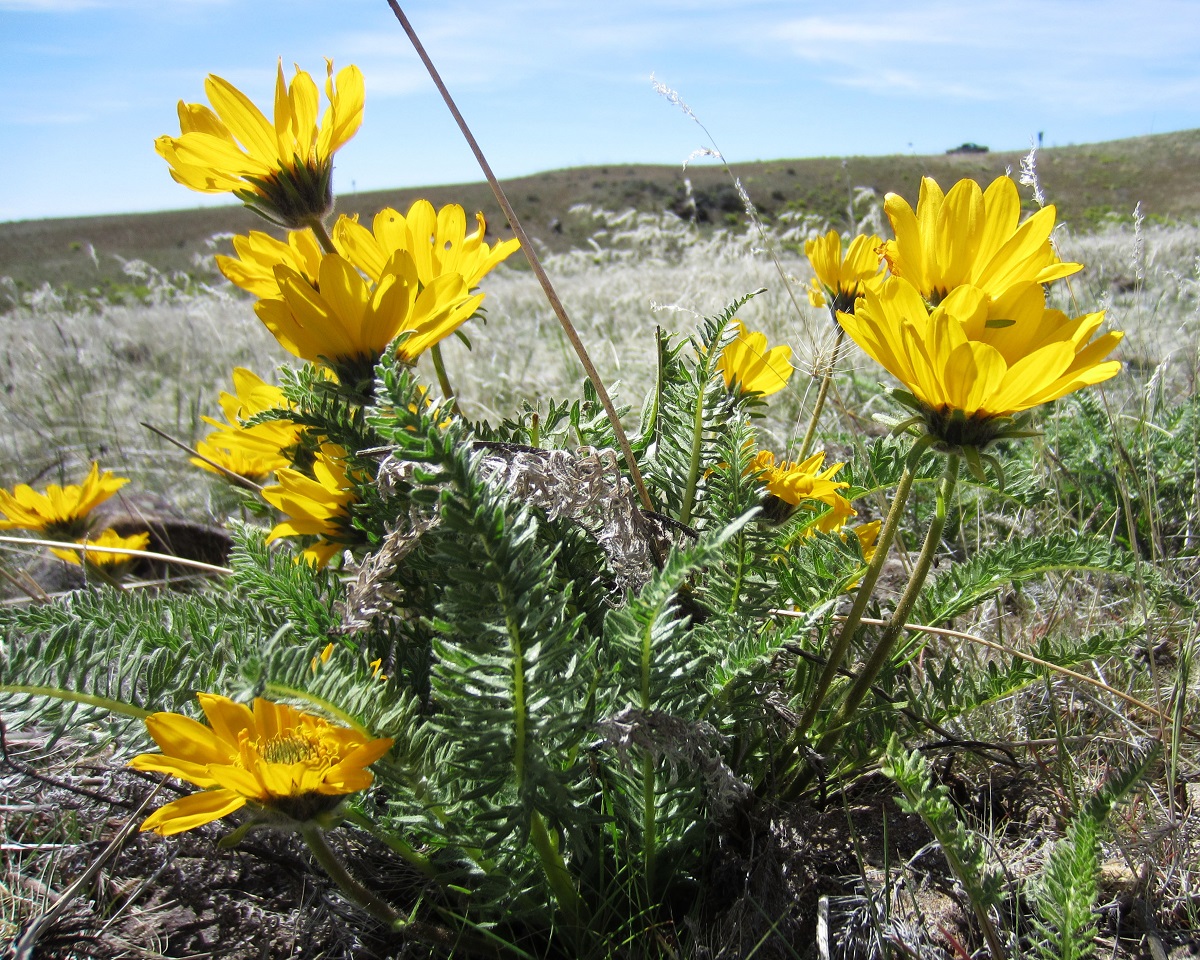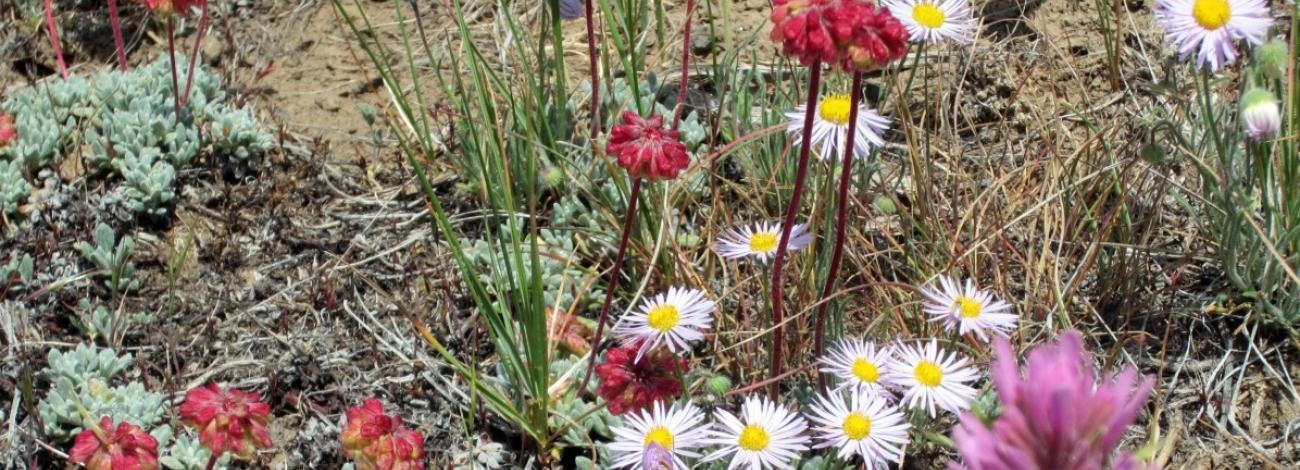
SOUTHERN IDAHO NATIVE SEED COLLECTION AND USE
With an average of 140 wildfires burning each year throughout Idaho, BLM has become one of the largest Emergency Stabilization and Rehabilitation (ESR) programs requiring seed. Native seeds are becoming an increasingly important component for rehabilitation treatment resiliency in the face of extreme weather events and increasing fire frequency and severity, as well as restoring and improving habitat for wildlife that rely on sagebrush. In Idaho, the BLM is actively engaged in native seed increase and application to meet restoration needs in sagebrush-steppe communities.
In 2010, the BLM's Shoshone Field Office began participating in the Seeds of Success program and is now in the process of increasing several different species of plants for use in restoration and rehabilitation of rangelands with locally-sourced plant materials. Initially, the field crews harvested seed from Crater's bluegrass plants that were first used for restoration efforts at the site of the 2014 Preacher Fire. In 2014 and 2016, more forbs preferred for sage grouse, were collected around Shoshone including false agoseris, shaggy fleabane, fernleaf biscuitroot, oregon sunshine and hooker’s balsamroot.
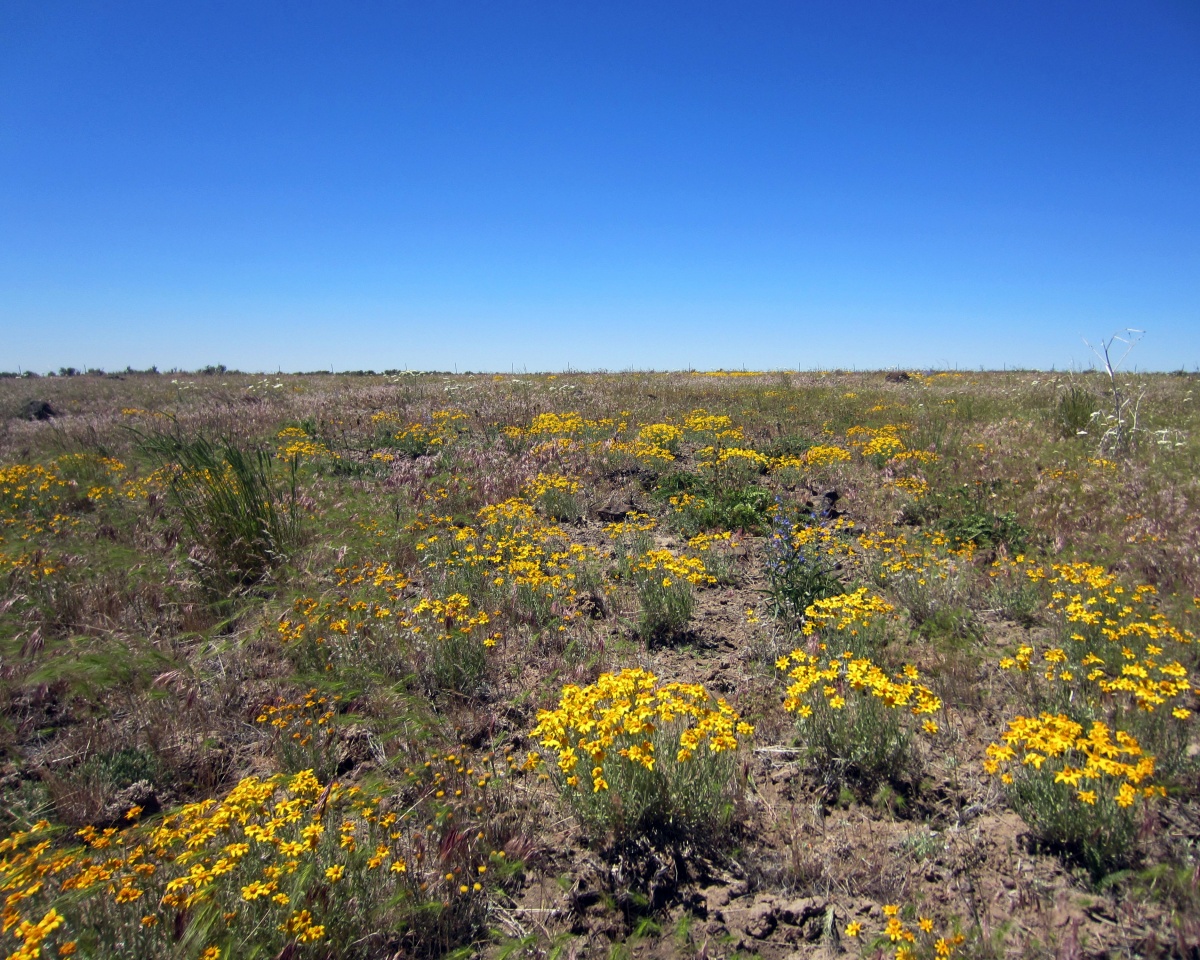
It's important to ensure the right sagebrush seed is collected to provide food and shelter for the greater sage grouse. The BLM's Upper Snake Field Office is working to ensure the right seed is harvested by designating sagebrush seed collection areas where sagebrush subspecies have been confirmed. The BLM is also actively using locally-sourced and identified seed through interagency agreements with Lucky Peak Nursery in Boise, Idaho. Using container seedlings of species like sagebrush can provide more rapid establishment of shrub structure and seed production than by seeding alone.
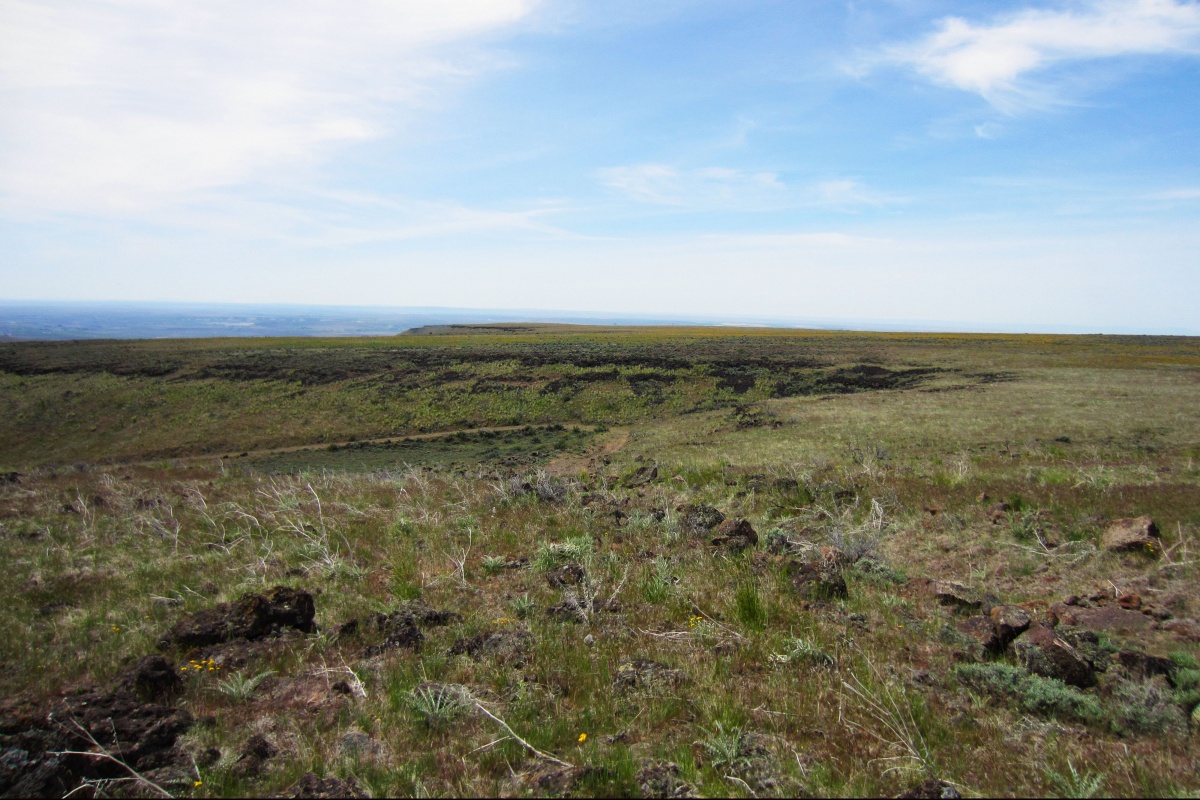
Since 2010, five native seed increase contracts have been issued and seed has increased by over 4,000 pounds of grass and 50 pounds of forb. In 2015 and 2016, new seed production fields including two native grass and three forbs started. Seed is being used on several emergency stabilization and rehabilitation projects following fires to increase plant structure and diversity in greater sage grouse habitat. In addition, forbs like false dandelion, biscuitroot and shaggy fleabane are also used by native bee species.
In the future, BLM-Idaho plans to target seed collections from seed zones that will target greater sage grouse and pollinator plants. The use of well-adapted and ecologically appropriate plant materials is a core component of successful restoration projects.
